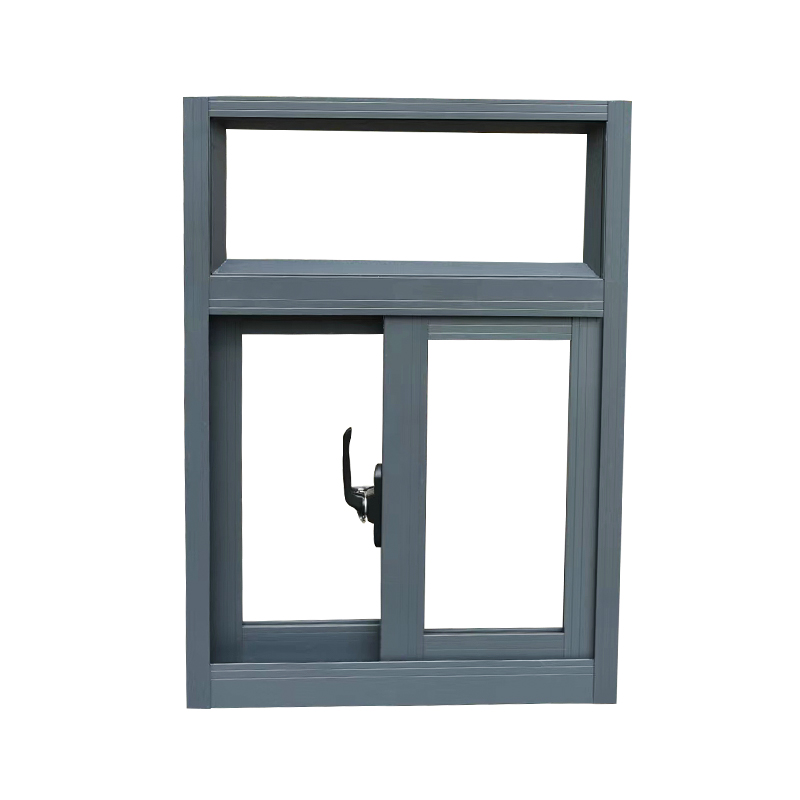Send inquiry
Aluminum sliding windows typically offer a variety of glass options, including single, double, and triple-glazed configurations, each offering different levels of insulation and performance characteristics. Here’s an overview of the types of glass options available for aluminum sliding windows:
1. Single Glazed Glass
Description: Single pane of glass without any additional layers.
Insulation: Offers basic insulation but provides minimal resistance to heat transfer.
Suitability: Common in mild climates where thermal insulation is less critical.
2. Double Glazed Glass
Description: Two panes of glass with a sealed airspace between them.
Insulation: Provides better thermal insulation compared to single glazed windows. The air or gas (such as argon or krypton) between the panes acts as an additional barrier against heat transfer.
Energy Efficiency: Helps reduce heating and cooling costs by maintaining indoor temperatures more effectively.
Noise Reduction: Offers improved sound insulation compared to single glazing.
Suitability: Suitable for a wide range of climates, providing good thermal performance.
3. Triple Glazed Glass
Description: Three panes of glass separated by sealed airspaces or gas-filled cavities.
Insulation: Provides the highest level of thermal insulation among the three options. The additional pane and cavities further reduce heat transfer.
Energy Efficiency: Offers superior energy efficiency, particularly in colder climates, by minimizing heat loss and reducing heating costs.
Noise Reduction: Provides excellent sound insulation, making it ideal for locations with high noise levels (e.g., near airports or busy roads).
Suitability: Recommended for climates with extreme temperature variations and where energy efficiency is a primary concern.
Additional Glass Features and Options:

Low-E Coatings: Applied to the glass surface to reflect infrared light and improve energy efficiency by reducing heat transfer.
Tinted or Reflective Glass: Provides additional solar control by reducing glare and blocking UV rays, thereby improving comfort and protecting interior furnishings.
Laminated Glass: Consists of two or more layers of glass with an interlayer (usually polyvinyl butyral) to enhance security, sound insulation, and UV protection.
Considerations for Aluminum Sliding Windows:
Frame Compatibility: Ensure that the chosen glass option is compatible with the frame design and weight capacity of aluminum sliding windows.
Local Climate: Select glass options based on the climate conditions of the installation location, considering factors such as temperature extremes, sunlight exposure, and noise levels.
Energy Efficiency: Opt for double or triple-glazed options with Low-E coatings for maximum energy savings and comfort.
Aluminum sliding windows can be customized with various glass options to suit different performance needs, offering flexibility in terms of insulation, energy efficiency, noise reduction, and overall comfort. When selecting glass for aluminum sliding windows, consider the specific requirements of your location and desired performance characteristics to achieve optimal results.